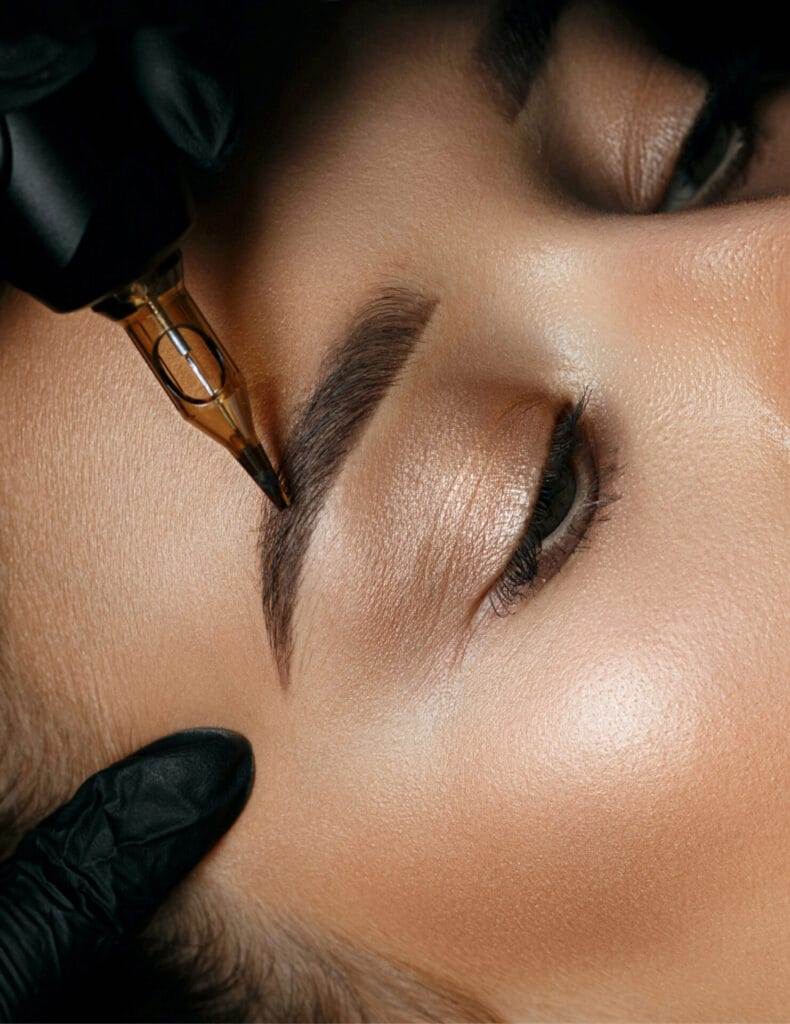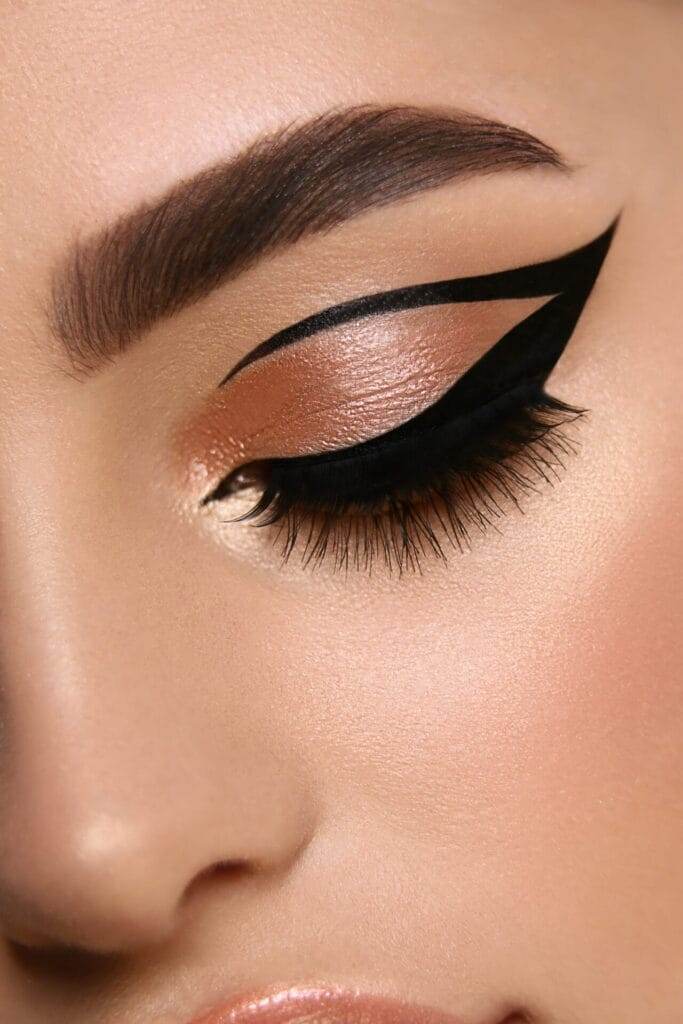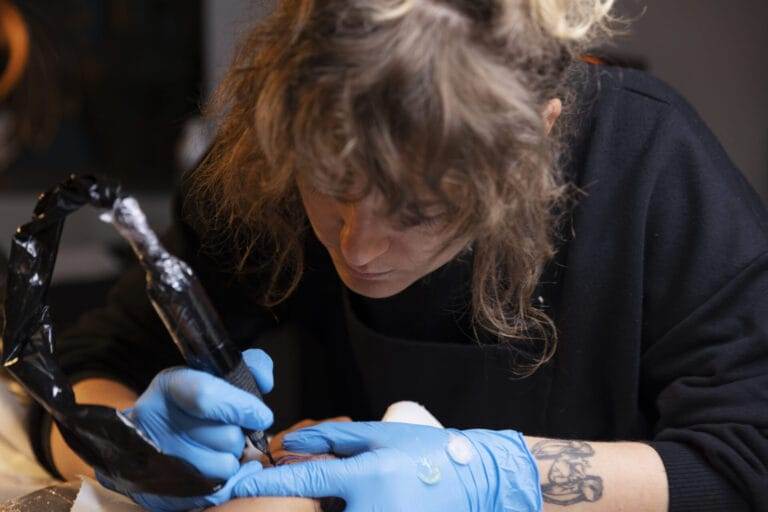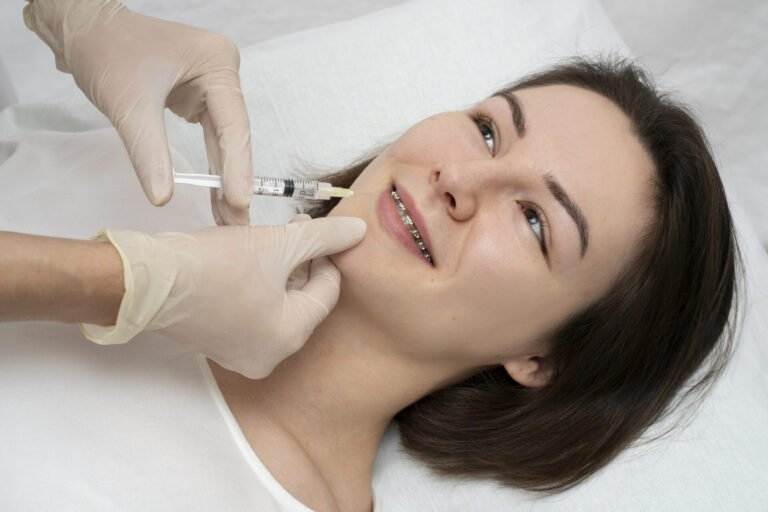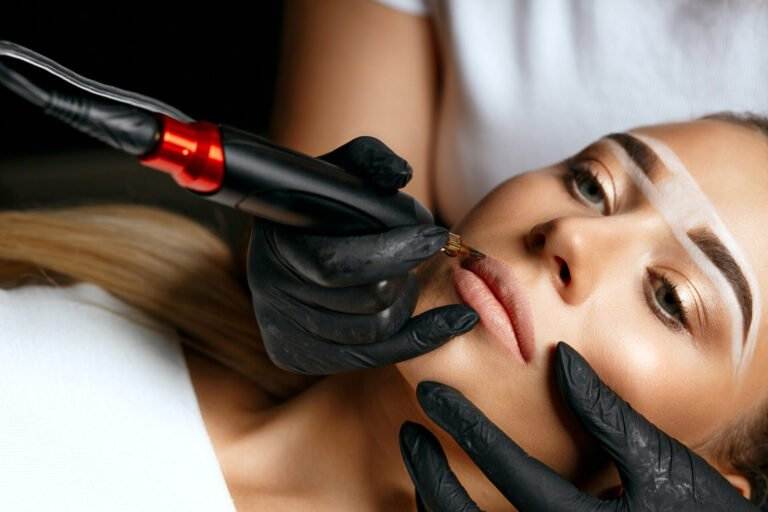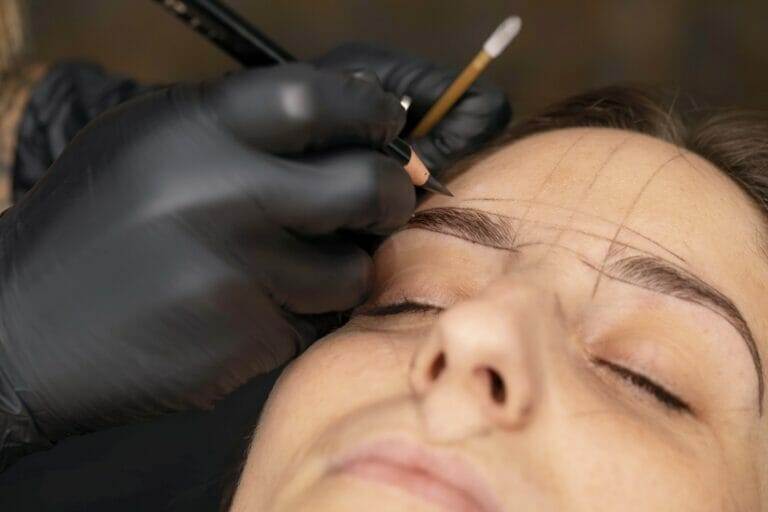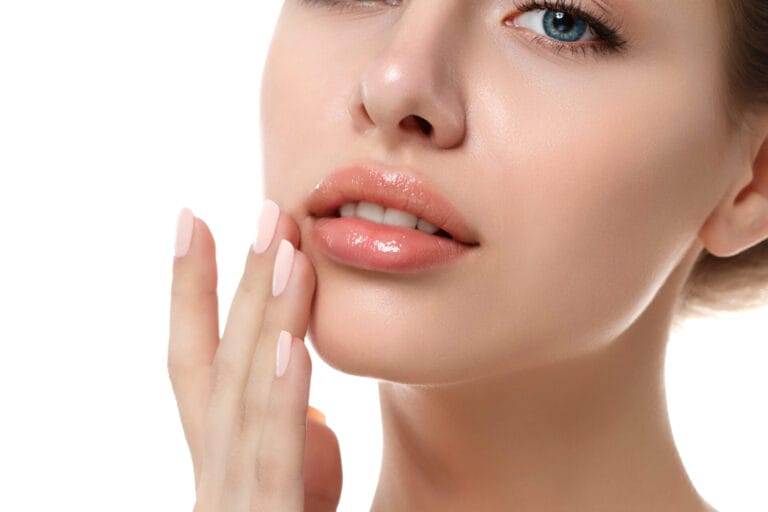Cosmetic tattooing, also known as permanent makeup or micropigmentation, is a procedure in which pigments are implanted into the dermal layer of the skin to enhance or mimic the appearance of makeup. It is a form of tattooing, but differs from traditional tattooing in that it uses specialized techniques and pigments that are specifically designed for the face.
Unlike traditional tattoos, which are meant to be permanent, cosmetic tattoos are semi-permanent and will fade over time. This allows for flexibility and the ability to change or update the look as desired. Cosmetic tattooing can be used to enhance features such as eyebrows, lips, and eyeliner, providing a long-lasting and convenient solution for those who want to save time on their daily makeup routine.
The History of Cosmetic Tattooing: From Ancient Times to Modern Day
The practice of cosmetic tattooing dates back thousands of years, with evidence of its use in ancient civilizations such as Egypt and China. In ancient Egypt, both men and women would use pigments made from natural materials to enhance their features. Eyeliner was commonly applied to define the eyes, while lip color was used to create a more youthful appearance.
Over time, cosmetic tattooing techniques have evolved and become more sophisticated. In the 20th century, advancements in technology and pigments allowed for more precise and natural-looking results. Today, cosmetic tattooing is a popular procedure that is widely available in many countries around the world.
Types of Cosmetic Tattooing: Eyebrows, Lips, and Eyeliner
There are several types of cosmetic tattooing that can enhance different areas of the face. One of the most popular types is eyebrow tattooing, which involves adding pigment to the eyebrows to create a fuller and more defined look. This is especially beneficial for those with sparse or thinning eyebrows.
Lip tattooing is another common procedure, in which pigment is applied to the lips to add color and definition. This can be done to enhance the natural lip shape or to create the appearance of fuller lips. Lip tattooing can also correct asymmetry or add a more youthful color to the lips.
Eyeliner tattooing is a technique that involves applying pigment along the lash line to create the appearance of thicker and more defined eyelashes. This can eliminate the need for daily eyeliner application and give the eyes a more awake and refreshed look.
Benefits of Cosmetic Tattooing: Convenience, Time-Saving, and Longevity
One of the main benefits of cosmetic tattooing is the convenience it offers. With permanent makeup, there is no need to spend time applying and reapplying makeup every day. This can be especially beneficial for those with busy lifestyles or for those who have difficulty applying makeup due to vision problems or physical limitations.
Cosmetic tattooing also saves time in the long run. Instead of spending hours each week on makeup application, you can wake up with your makeup already in place. This can be a huge time-saver and allow you to spend more time on other aspects of your daily routine.
Another advantage of cosmetic tattooing is its longevity. While traditional makeup may smudge or fade throughout the day, permanent makeup stays in place and maintains its color for an extended period of time. This means that you can look your best all day, every day, without having to worry about touch-ups.
Risks and Side Effects of Cosmetic Tattooing: Allergic Reactions and Infection
While cosmetic tattooing offers many benefits, it is important to be aware of the potential risks and side effects. One of the main risks is the possibility of allergic reactions to the pigments used in the procedure. Some individuals may have sensitivities or allergies to certain ingredients, which can lead to redness, swelling, or itching.
Infection is another potential risk of cosmetic tattooing. The procedure involves breaking the skin, which can create an entry point for bacteria. It is important to choose a reputable and experienced cosmetic tattoo artist who follows strict hygiene and safety protocols to minimize the risk of infection.
To minimize the risks, it is important to disclose any allergies or medical conditions to your cosmetic tattoo artist before the procedure. They can perform a patch test to check for any sensitivities and ensure that the pigments used are safe for you. It is also important to follow the aftercare instructions provided by your artist to promote proper healing and reduce the risk of infection.
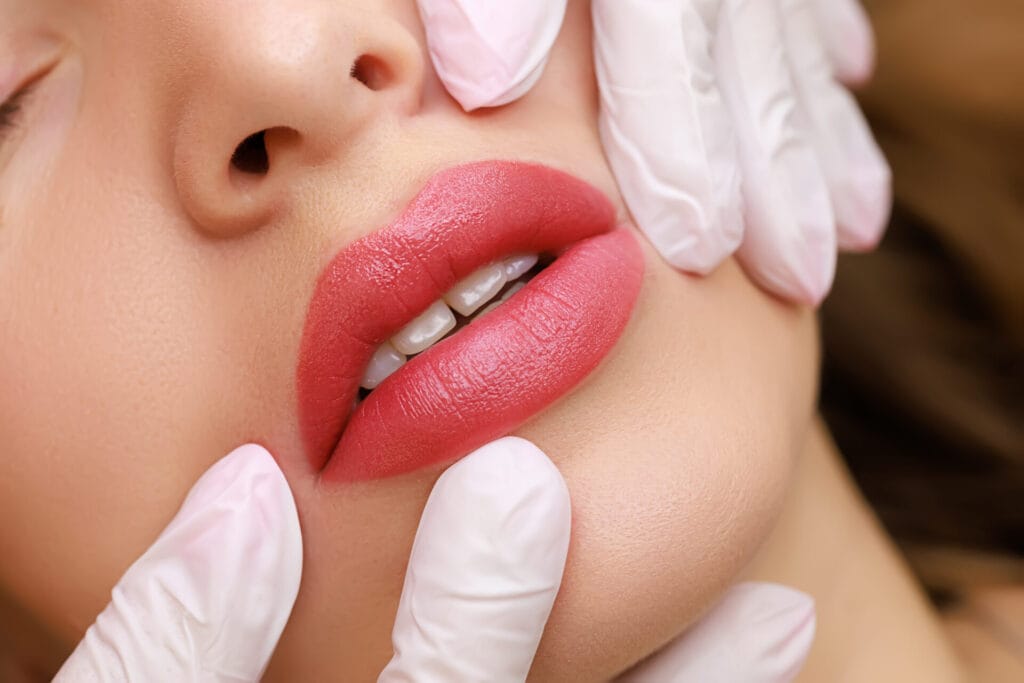
Preparing for Your Cosmetic Tattooing Appointment: Consultation, Aftercare, and Healing
Before your cosmetic tattooing appointment, it is important to schedule a consultation with your chosen artist. During this consultation, you can discuss your desired look, ask any questions you may have, and ensure that you are a good candidate for the procedure.
In preparation for your appointment, it is important to follow any instructions provided by your artist. This may include avoiding certain medications or substances that can thin the blood, such as aspirin or alcohol. It is also important to properly cleanse and moisturize the area to be tattooed in the days leading up to your appointment.
After the procedure, your artist will provide you with detailed aftercare instructions. It is important to follow these instructions carefully to promote proper healing and minimize the risk of complications. This may include avoiding certain activities or products, such as swimming or makeup, for a period of time.
The Procedure: What to Expect During Your Cosmetic Tattooing Session
During your cosmetic tattooing session, your artist will begin by numbing the area to be tattooed using a topical anesthetic. This helps to minimize any discomfort during the procedure. Once the area is numb, the artist will use a specialized tattoo machine or hand tool to implant the pigment into the skin.
The procedure itself can take anywhere from 1-3 hours, depending on the area being tattooed and the desired look. The artist will work with you to determine the shape, color, and intensity of the pigment to achieve your desired result. They will also take into consideration your natural features and skin tone to create a look that is flattering and natural-looking.
During the procedure, you may experience some discomfort or a slight stinging sensation. However, most people find the procedure to be relatively painless thanks to the numbing cream. If you do experience any discomfort, your artist can apply more numbing cream as needed.
Aftercare: Tips for Keeping Your Cosmetic Tattoo Looking Fresh and Vibrant
After your cosmetic tattooing procedure, it is important to properly care for your tattoo to ensure that it heals properly and maintains its appearance. Your artist will provide you with detailed aftercare instructions, but here are some general tips to keep in mind:
– Avoid touching or picking at the tattooed area, as this can disrupt the healing process and potentially cause infection.
– Keep the area clean and dry. Avoid swimming, saunas, or excessive sweating for at least a week after the procedure.
– Apply a thin layer of ointment or healing balm as recommended by your artist to keep the area moisturized and promote healing.
– Avoid direct sunlight and tanning beds, as this can cause the pigment to fade or change color. Use sunscreen on the tattooed area when exposed to the sun.
Following these aftercare tips will help to ensure that your cosmetic tattoo heals properly and maintains its appearance over time.
Maintenance: How to Keep Your Cosmetic Tattoo Looking its Best Over Time
While cosmetic tattoos are semi-permanent, they will fade over time. To keep your tattoo looking its best, it is important to properly maintain it and schedule touch-up appointments as needed.
Long-term care and maintenance include protecting your tattoo from excessive sun exposure, avoiding harsh chemicals or exfoliants on the tattooed area, and moisturizing regularly. It is also important to avoid using any makeup or skincare products that contain ingredients that can fade or alter the pigment.
Over time, you may find that your tattoo begins to fade or lose its shape. This is normal and can be easily corrected with touch-up appointments. Touch-ups typically involve adding more pigment to the tattooed area to refresh the color and shape. The frequency of touch-ups will vary depending on factors such as your skin type, lifestyle, and desired look.
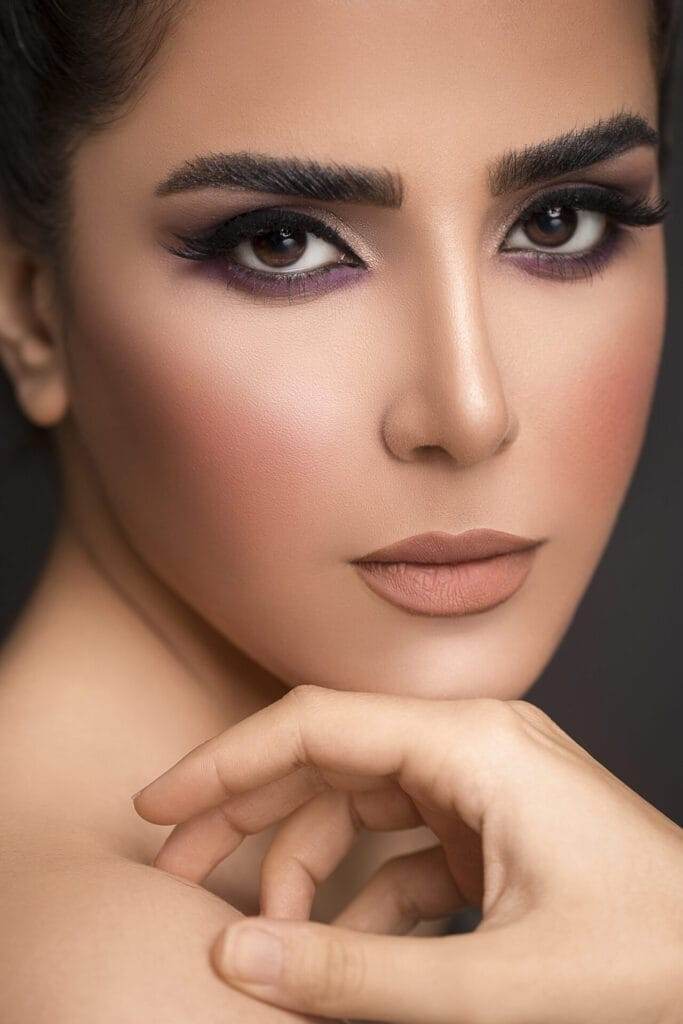
Is Cosmetic Tattooing Right for You?
In conclusion, cosmetic tattooing offers many benefits for those who want to enhance their features and save time on their daily makeup routine. It is a convenient and long-lasting solution that can provide natural-looking results.
However, it is important to consider the potential risks and side effects before undergoing cosmetic tattooing. Allergic reactions and infection are possible, but can be minimized by choosing a reputable and experienced artist who follows strict safety standards.
Ultimately, the decision to undergo cosmetic tattooing is a personal one. It is important to do your research, consult with a qualified artist, and weigh the benefits and risks before making a decision. If you are looking for a long-lasting and convenient solution for your makeup routine, cosmetic tattooing may be worth considering.

